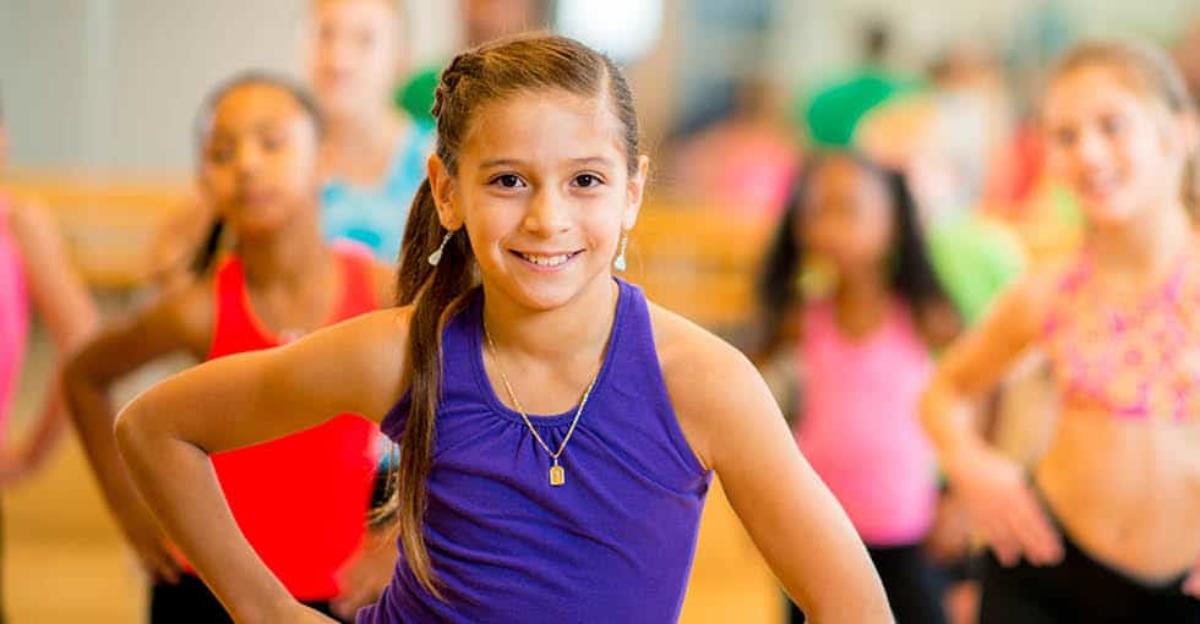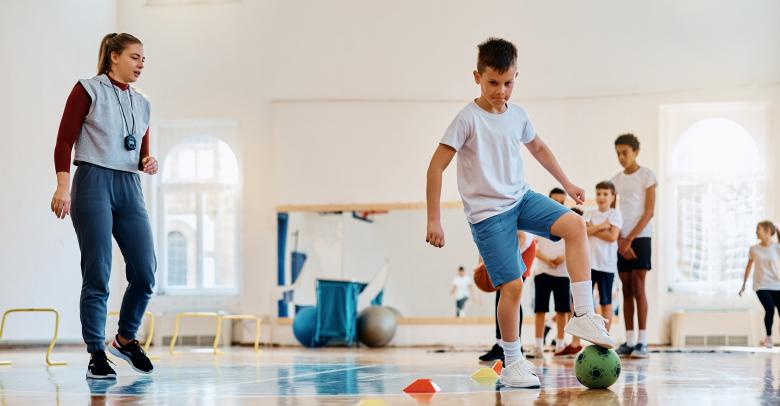There’s a reason why it feels so good when you have an uninhibited dance party in your bedroom. As well as being a great way to release tension — not to mention have a lot of fun — there are studies showing that dance is also an excellent way to foster the emotional and social growth of children.
Dancing combines all the benefits of physical activity with those of educating children about music and the arts. From an emotional and social standpoint, dance classes for kids between the ages of kindergarten and grade 12 are proven to have an impact when it comes to acceptance of others, respect, teamwork, and cooperation.
This could be because dance gives children the opportunity to express themselves freely and creatively, which allows an outlet for emotional and physical release. While children are still developing full cognitive abilities, it could be that they choose to send messages through dance rather than having to articulate their thoughts in speech.
Dance creates a social environment where kids need to cooperate with and trust one another to complete the moves and avoid stepping on toes. At a very young age, it also instills a greater respect for one’s body, and the bodies of others. Socially, it teaches children how to hold one another appropriately, how to be aware of someone else’s movement, and how to understand the physical abilities and limits of one’s own body.
Dance teaches the aforementioned skills in a language children understand: movement. Kids learn by doing, and there’s nothing better than moving through a dance routine to synthesize the lessons learned.
Bringing Dance to Schools
A survey conducted in 2014-2015 showed that 66% of LA-based schools that incorporated dancing reported seeing its students become more accepting of one another. This acceptance is important, especially in schools with at-risk students or communities where children come from diverse racial backgrounds. Dance, like music, is a universal language, and one that is relevant to every culture around the world. As research collected by NDEO states, dance can help at-risk students deal with more complex emotional and social conflicts, such as violence and race. By creating dance exercises that mirror the movements of different students, the head dancer is able to feel like a leader, and understands that they’re being accepted and respected by their peers.
As a bonus, participation in the arts is also shown to have a positive academic influence on children. A study on this topic found that students who took part in the arts performed better on standardized tests, had higher SAT and math scores, and were more focused in class. Dance can also have much needed health benefits at a time when 18% of American children aged 6 to 11 are obese and only 1 in 3 children are physically active on a daily basis.






Leave a Reply